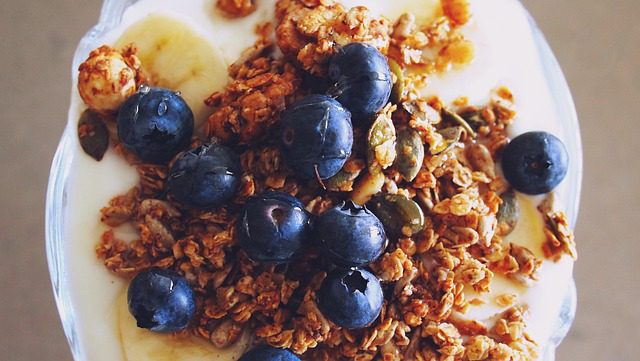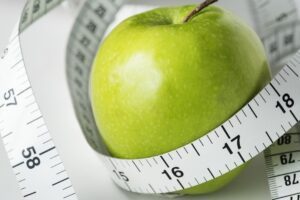Fiber is an important part of a healthy diet. It plays an important role in supporting digestive health, maintaining blood sugar levels, and weight management. Yet, most people struggle to meet the required daily intake of this crucial food class. Adding high-fiber options to your diet doesn’t require drastic changes – small tweaks to your eating habits can make a big difference.
In this article, we will explore five effective ways to eat more fiber-rich foods, including incorporating more fruits and vegetables, choosing whole grains, snacking on nuts and seeds, trying legumes, and adding fiber supplements to your diet. These tips can help you achieve your daily fiber goals and improve your overall health and well-being. But first, let’s talk about what fiber does for you and why you need to eat more of it.
Table of Contents
Why Do You Need More Fiber in Your Diet?
Fiber-rich foods contain high amounts of dietary fibers, a type of carbohydrate that the body cannot digest or absorb. Instead, it passes through the digestive system relatively intact. These undigested fibers add bulk to your stool and help to promote regular bowel movement for better digestive health. Soluble fiber slows down the digestion of carbohydrates to regulate blood sugar. This is useful for people with diabetes.
Fiber also aids weight management by filling you up faster when eating, reducing overall calorie intake. A high-fiber diet has also been associated with a reduced risk of heart disease, stroke, hypertension, certain cancers, and inflammatory bowel disease.
What is the recommended daily fiber intake?
According to the Food and Drug Administration (FDA), the daily fiber intake value for an adult is 28 grams. However, this value may vary due to age or sex. For example, women under 50 years of age are advised to eat about 25 to 28 grams of fiber per day, while men under 50 are advised to take in 31-34 grams per day. They also advise that children between 1-18 years of age consume between 14-31 grams of fiber per day.
However, the average American only eats about 16 grams of fiber per day, according to the National Institute of Health. So let’s take a look at how you can incorporate more fiber-rich foods into your diet with minimal effort.
5 Ways to Eat More Fiber-Rich Food
1. Snack on fruits and vegetables:
Incorporating fruits and vegetables into your snack routine is an easy way to increase your fiber intake. Try snacking on carrot sticks, apple slices, or celery with hummus.
2. Switch to whole grain bread:
Instead of white bread, choose whole-grain bread for your sandwiches. Whole grain bread contains more fiber than white bread and is also more nutritious.
3. Add beans to your meals:
Beans are a great source of fiber and can be easily added to many meals. Try adding black beans to your salads, kidney beans to your chili, or chickpeas to your stir-fries.
4. Choose high-fiber cereals:
When selecting cereal, choose a high-fiber option. Look for cereals that have at least 5 grams of fiber per serving.
5. Top your meals with seeds:
Seeds such as chia seeds, flax seeds, and pumpkin seeds are high in fiber and can be added to many meals. Try sprinkling chia seeds on your oatmeal or adding pumpkin seeds to your salad.
Improve Your Diet and Overall Well-being with Fiber-rich Foods
The small changes discussed here – like switching to whole grain bread, eating more beans and legumes, and increasing your fruit and vegetable intake – can make a meaningful difference in your fiber intake. Start by incorporating one or two of these fiber-rich food options each day, and build from there. Your health will benefit from the extra fiber, so make these simple switches part of your regular routine for a diet that nourishes both body and mind.
Featured Image by Daria Nepriakhina 🇺🇦 from Pixabay




